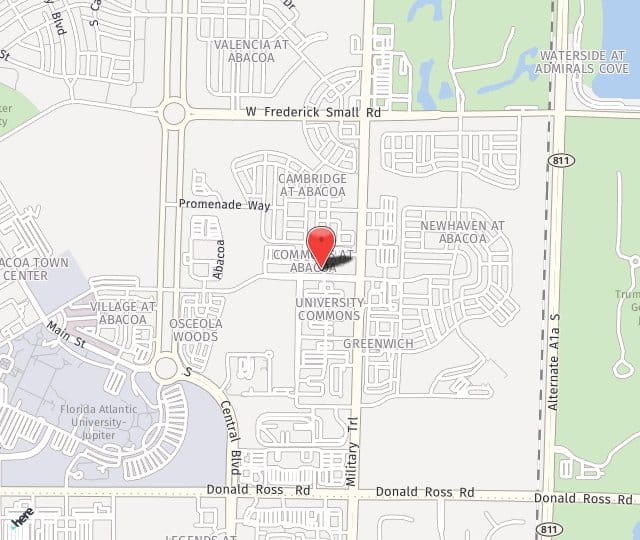Thighplasty (thigh lift) is designed to improve the appearance of the thighs by eliminating loose, hanging skin and excess fat for a leaner, more toned upper leg or thigh contour. Depending on your unique needs, Dr. Deziel can perform treatment on the inner and/or upper outer thighs. Frequently the procedure can be combined with liposuction to assist with the surgery and for optimal aesthetic enhancement. In the end, thigh lift surgery can help you achieve legs that are slimmer and in better proportion to the rest of your body.
The Thighplasty Procedure
There are three types of thighplasty: inner, bilateral and medial. An inner thighplasty targets the lower part of the inner thigh; a medial thighplasty targets the upper part of the inner thigh; and a bilateral thighplasty targets the front and outside of the thigh.
Inner and medial thighplasties are usually performed on an outpatient basis, but may require a one- or two-night stay in the hospital. Performed under general anesthesia, inner, medial and bilateral thighplasties all require an incision where the thigh and pubic area meet. The medial thighplasty's incision then extends over the hip and around to the crease in the buttock; the bilateral's extends downward and around the back of the thigh. In all cases, skin and/or fat is removed; underlying tissue is reshaped and tightened with support sutures; and the remaining skin is lifted and smoothed, and sutured into place at the incision site. Drains may be placed to keep fluid from building up; if so, they are removed after a few days. Surgery typically takes 2-4 hours. Postsurgery, a compression garment is worn to minimize swelling and promote healing.
Recovery from Thighplasty
Bruising, swelling and soreness are common after thighplasty; pain medication and anti-inflammatories are typically prescribed. Bruising and swelling are usually gone within a month. Patients can return to work within 7 to 10 days, and resuming most physical activity is permissible at 4 to 6 weeks. Although there are scars, they are hidden in the body's natural creases, and will fade over time.
Risks of Thighplasty
In addition to the risks associated with surgery and anesthesia, those related to thighplasty include the following:
- Asymmetry
- Fat necrosis
- Skin loss or discoloration
- Numbness
- Loose skin
- Unattractive scarring
Revision surgery may be necessary to correct these types of problems.
Results of Thighplasty
The smoother, tighter contours provided by thighplasty are apparent almost immediately, although in many cases they are significantly obscured by swelling. Thighplasty's results are long-lasting, as long as patients do not gain significant amounts of weight.

